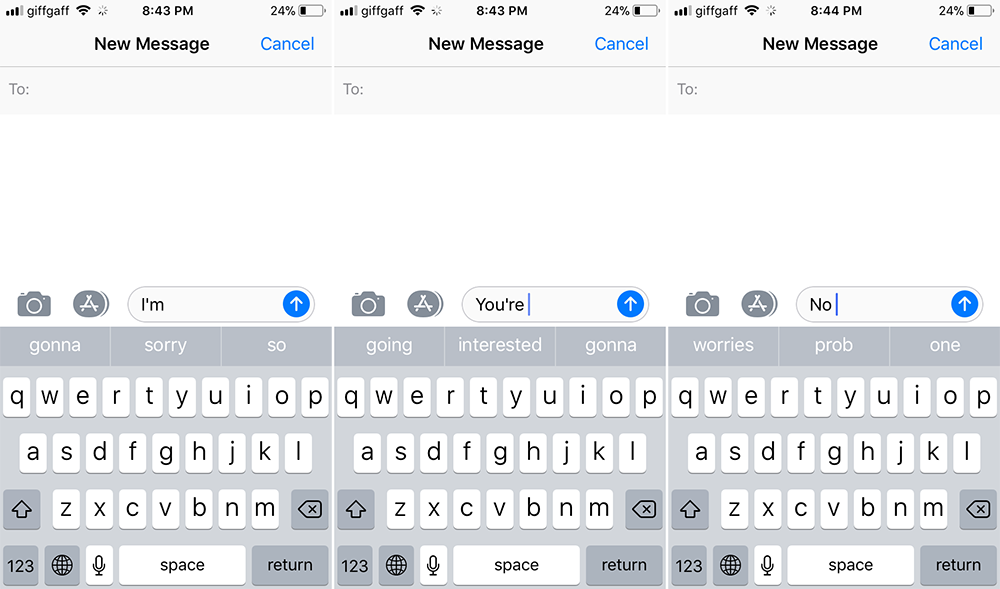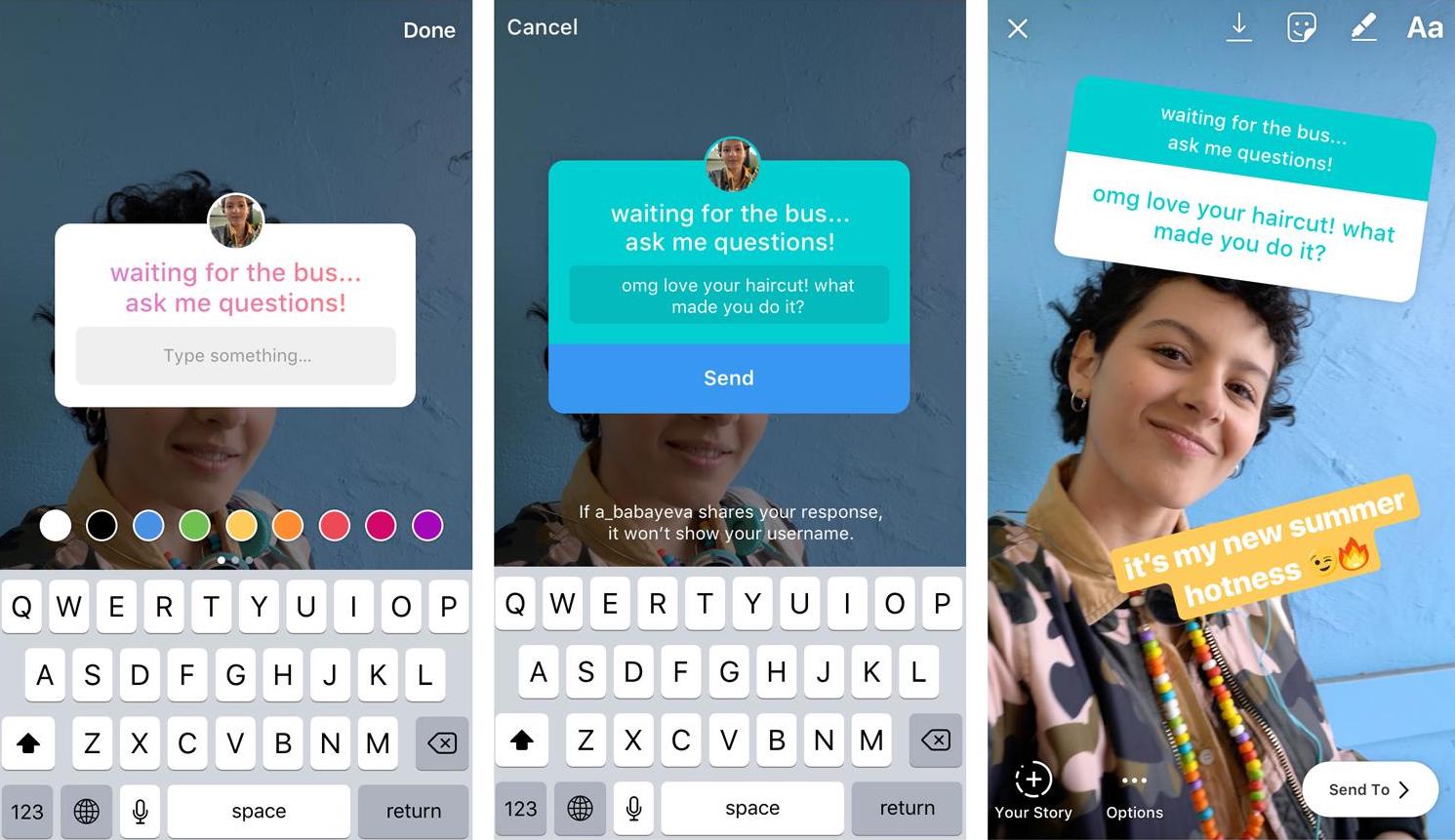Responding to ‘A Fish can’t Judge the Water’
by Femke Snelting
# Term1_1

What’s the relationship between us, the user, and software? Is a software just a tool that we create, and we control it to solve certain problem? How deep do we and the software interlace together? How does software choreographs our life? Do we use software to think?
In ‘A Fish Can’t Judge the Water’, Femke claims that when we use software, we practice it until we in-corporate its choreography. We make it disappear in the background. It becomes a seamless experience. We become one with our extensions.
I couldn’t agree more with her points. We are one with the software. Of course I’m not saying like the half-artificial human creature in cyberpunk films like Ghost in the Shell. But sometimes, it’s hard to tell which parts of our thoughts are spontaneous, and which parts are influenced by the information from the software’s calculation.
For example, everyone types on smartphone, or types on computer, must have used IME (Input Method Editor). No matter it’s in English or Chinese, or other languages, when you type through the keyboard, the IME will automatically predict and recommend some related words for you to use next. But where are these words from? - One on hand, the software analyses your texting history, and finds out what words combinations you mostly used. Like it ‘remembers’ your habits and preference. On the other hands, the software also analyses the other general users data, and finds out what words are used very frequently by the majority. Then it would push some buzzwords for you when you typing.
That is, in the process of considering how to express your thoughts, the software is unconsciously affecting you. It’s quite ambiguous that the reason you chose this word it’s you really thought so, or it’s you just told by the software. And when you used a buzzword, you increased this word’s ‘popularity’ in the software data. Then this word will be more likely to be recommended to an other similar user next time. This also explains the other point in ‘A Fish Can’t Judge the Water’: Software produces culture at the same time as it is produced by culture.
Instagram (IG) Story is an other perfect example related to these points. When you posted a IG Story, everyone can see it in 24 hours, and you can see who have watched your story. And in story, you could add in any time, location, hash tag information, and even set questions in it. Your audience could fill in the answer in your story, then you could respond to them in your next story, an so on. So is the same when you watched the others stories.
I think these functions in the software are designed because of the culture of open and equal communication/expression. And obviously, people are getting more open and equal to express when they use these software functions. So software produced by culture, and it produces culture at the same time.
And I think this extremely two-way communication/expression really blur the boarder between performer and audience, or like Femke saying, typist and reader. We have fun with things like IG Story is because we are interested in the tension between those two position. (Can’t really explain why people enjoy this kind of tension here. Hopefully I can find some theory about it later.)
To summarise, I really like what Femke says in the end of ‘A Fish Can’t Judge the Water’: We like to cross boundaries, but we don’t want to erase them. We traverse different worlds, we do not make them the same. In fact, we are interested in everything that shows up in the cracks.
Boundaries are definitely necessary. If there’s no boundary, there’s no diversity and possibility. Like I’m interested in arts/design that about the boundary between virtual and reality. But I know I would never enjoy doing something totally digital/virtual. In fact, the beauty is that I clearly know the virtual and the reality is different, but it’s hard to tell when I experience it.

© bingcomputing 2019